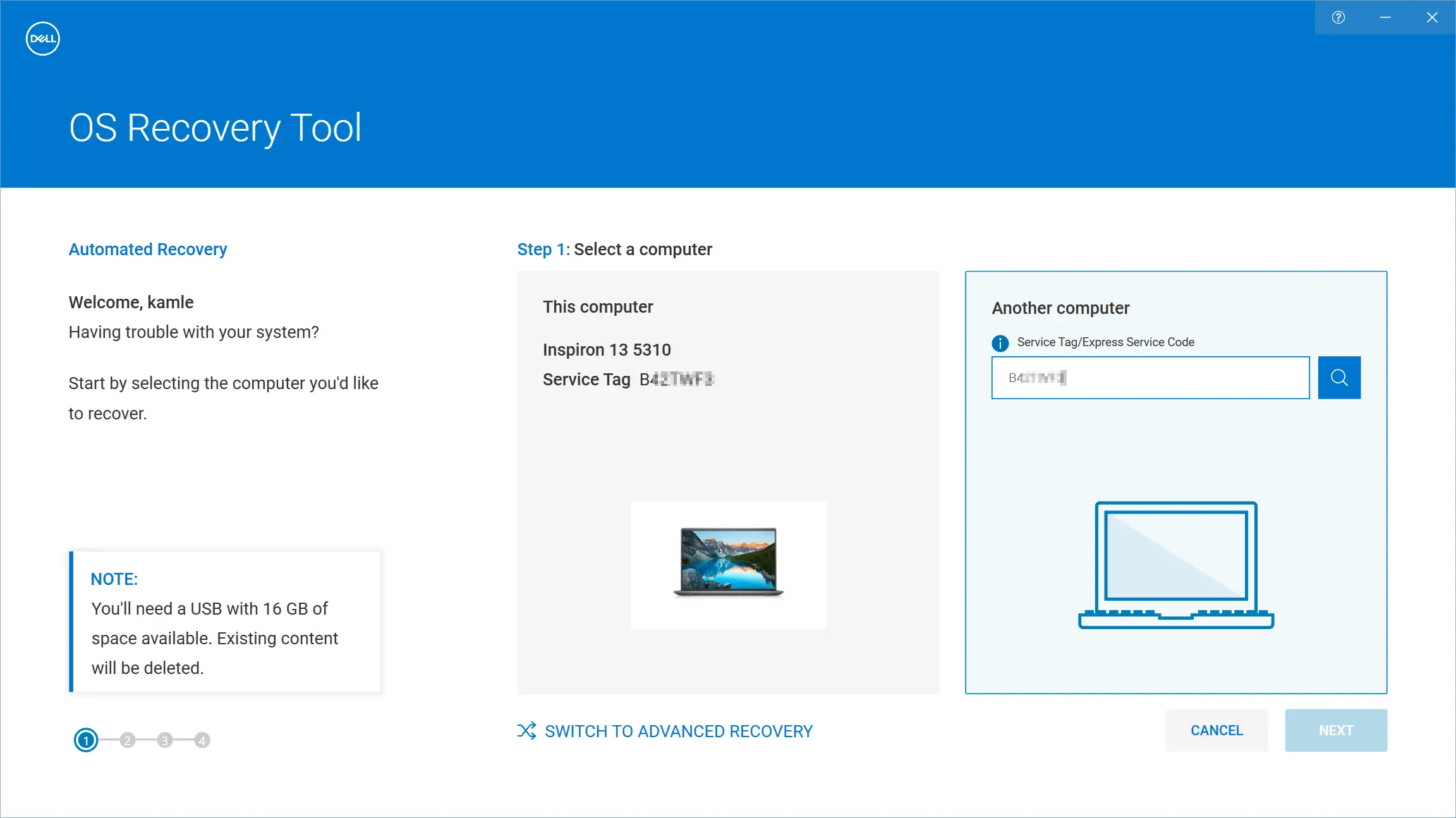

They are being automatically downloaded and applied on the fly in order to fix the Windows recovery environment (WinRE), setup binaries, or any files that the Windows setup uses for feature updates.

Then comes the Dynamic Updates (DU) that are meant for the Windows setup engine. Windows Feature Experience Pack is yet another type of update that delivers new feature improvements to customers outside of major Windows feature updates. Unlike the SSU, they’re distributed separately from the regular CUs. In that case, always install/integrate the SSU before engaging with the CU. Power users or system admins may still prefer to deal with the CAB variant for ease of deployment. The servicing stack is the code that installs other operating system updates, hence Microsoft usually bundles them with CUs before publishing a standalone MSU package. In some cases, one may need to apply a Servicing Stack Update (SSU) before installing the newest Cumulative Update (CU). Since they’re cumulative in nature, the latest rollup package has the ability to update the target Windows version to the most recent build, regardless of what the previous build number was. The primary focus of this index is centered around the Cumulative Updates (also known as Monthly Rollups), which include both security and reliability updates that are packaged together.


 0 kommentar(er)
0 kommentar(er)
